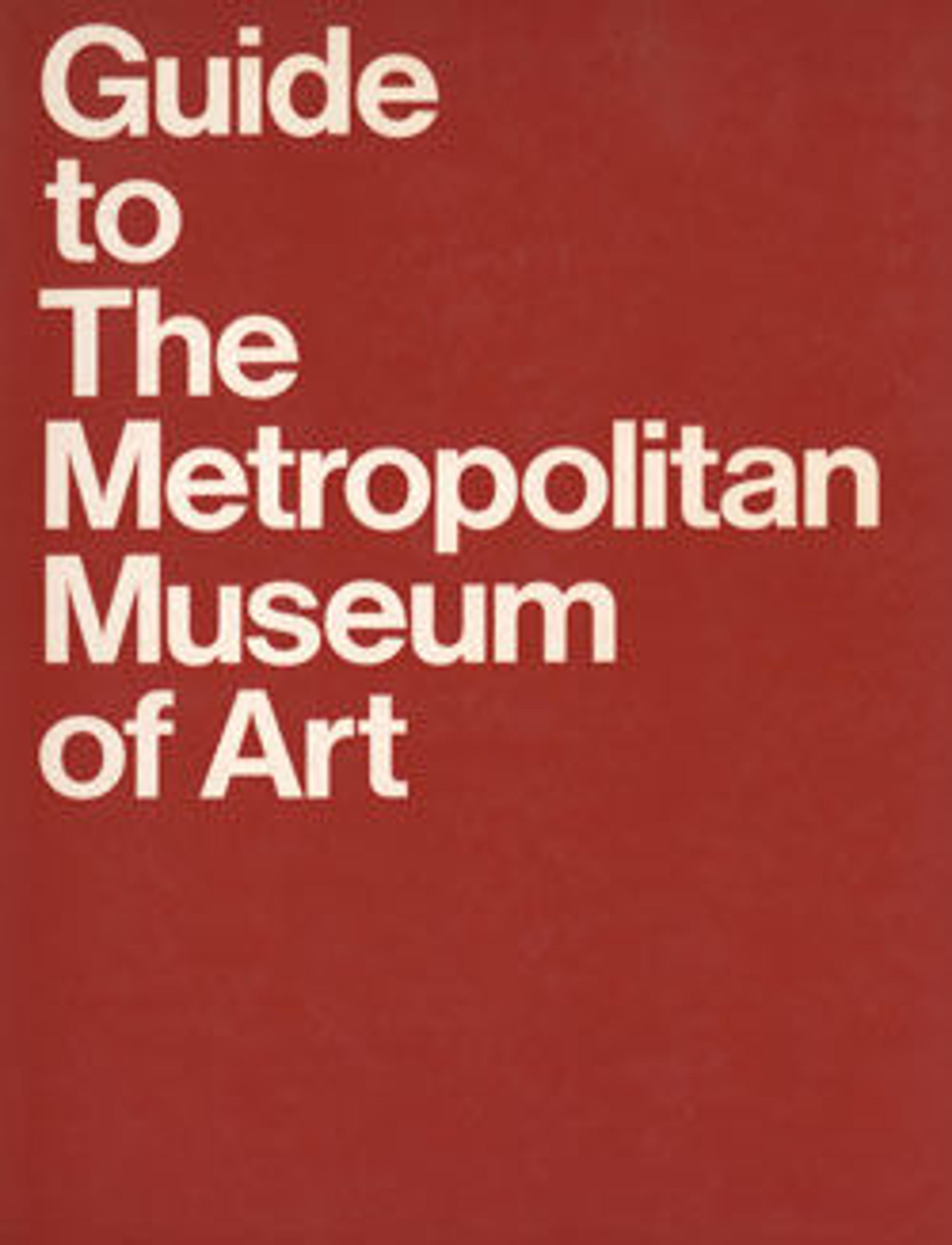Cosmetic box fragment carved in relief with the head of a sphinx
Excavations at Hasanlu in Iran yielded a large number of carved ivory fragments which probably decorated wooden furniture or were used as small precious objects such as boxes. The citadel at Hasanlu was attacked and destroyed around 800 B.C., most likely by military forces of the powerful state of Urartu, centered in present-day Armenia, eastern Turkey, and northwestern Iran. In the fire that destroyed the citadel, many objects were crushed and shattered. The blackened appearance of most of the Hasanlu ivories is due to their exposure to high temperatures at the time of the citadel’s destruction.
This fragment of a pyxis, or box, depicts a seated sphinx. The beardless, perhaps female sphinx wears a soft peaked cap with a band at the forehead, tucked behind the ear. A curled lock of hair covers the back of the neck. The pupil of the eye is drilled to receive an inlay, now missing, as are the sections that make up the wing feathers. The bottom edge of the wing still preserves a small piece of its original gold foil. The base of the pyxis was originally attached to the sides by means of dowels. Although the base is no longer preserved, one of the dowels still remains, inserted into a hole drilled into this fragment.
This fragment of a pyxis, or box, depicts a seated sphinx. The beardless, perhaps female sphinx wears a soft peaked cap with a band at the forehead, tucked behind the ear. A curled lock of hair covers the back of the neck. The pupil of the eye is drilled to receive an inlay, now missing, as are the sections that make up the wing feathers. The bottom edge of the wing still preserves a small piece of its original gold foil. The base of the pyxis was originally attached to the sides by means of dowels. Although the base is no longer preserved, one of the dowels still remains, inserted into a hole drilled into this fragment.
Artwork Details
- Title:Cosmetic box fragment carved in relief with the head of a sphinx
- Period:Iron Age II, Hasanlu Period IV
- Date:ca. 9th century BCE
- Geography:Iran, Hasanlu
- Culture:Iran
- Medium:Ivory, gold foil
- Dimensions:1.46 x 1.18 x 0.43 in. (3.71 x 3 x 1.09 cm)
- Credit Line:Rogers Fund, 1965
- Object Number:65.163.5
- Curatorial Department: Ancient West Asian Art
More Artwork
Research Resources
The Met provides unparalleled resources for research and welcomes an international community of students and scholars. The Met's Open Access API is where creators and researchers can connect to the The Met collection. Open Access data and public domain images are available for unrestricted commercial and noncommercial use without permission or fee.
To request images under copyright and other restrictions, please use this Image Request form.
Feedback
We continue to research and examine historical and cultural context for objects in The Met collection. If you have comments or questions about this object record, please contact us using the form below. The Museum looks forward to receiving your comments.
